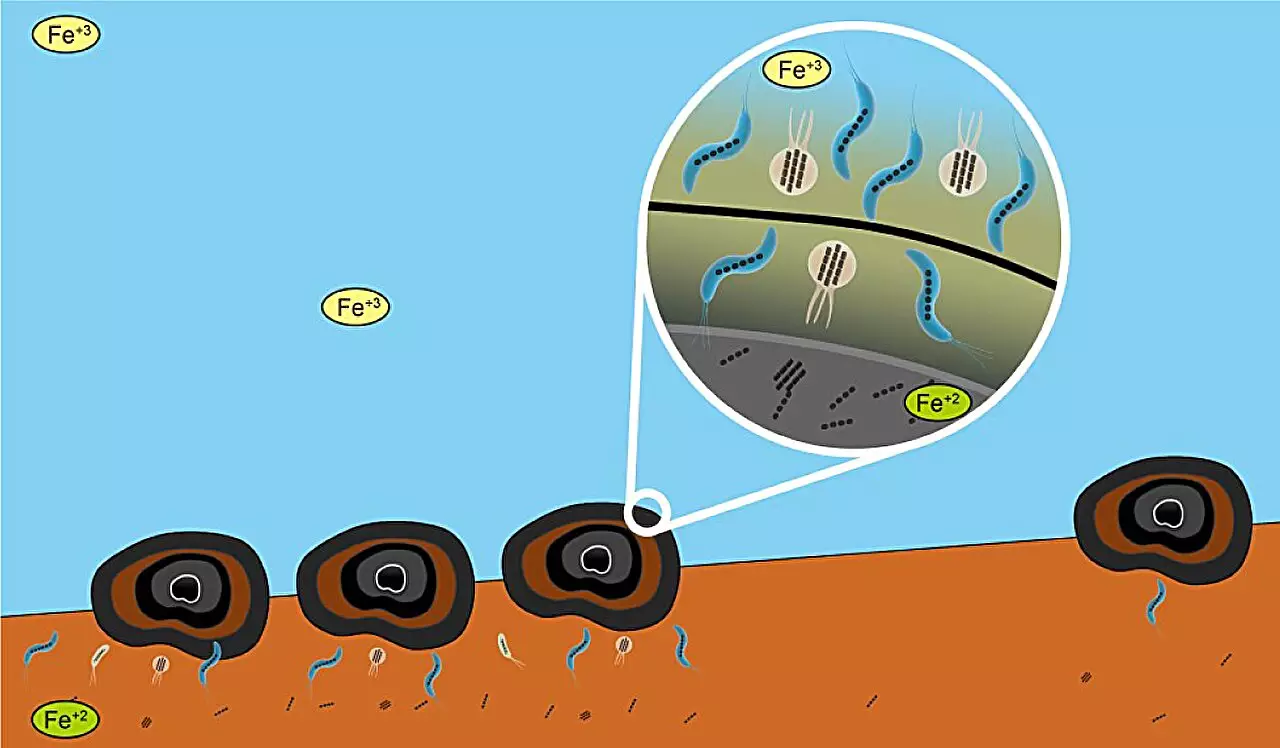Polymetallic nodules, intriguing formations resembling potatoes in size and shape, rest on the ocean floor, harboring a wealth of valuable minerals including nickel, cobalt, and manganese. These mineral-rich deposits have captured the attention of the mining industry, leading to heated debates about the implications of deep-sea mining. As these nodules present considerable economic potential, understanding their formation, ecological significance, and the controversies surrounding their extraction has become increasingly crucial.
The formation of polymetallic nodules is still a subject of much scientific inquiry. Many theories exist, but they generally converge on the notion that these structures arise from the slow precipitation of metallic components found in seawater. An exciting avenue of research explores the significant role microorganisms might play in this process. In particular, biogenic magnetite—created from the remnants of magnetotactic bacteria—has been found within these nodules. These tiny organisms possess magnetic components that allow them to orient themselves within Earth’s magnetic field, and their presence suggests a fascinating link between biological processes and mineral accumulation.
Recent studies have examined the relationship between the abundance of these bacteria and the distribution of polymetallic nodules, particularly in the intriguing Clarion-Clipperton Fracture Zone (CCFZ) in the Pacific Ocean. This area, managed by the International Seabed Authority, is crucial for potential deep-sea mining activities. A study featured in the Journal of Geophysical Research: Solid Earth utilized advanced techniques, including magnetic analysis, electron microscopy, and spectroscopy, to analyze sediment samples collected from the CCFZ during a 2013 research expedition. These methods illuminated not only the composition of the sediments but also the geological and biological interactions at play.
The research yielded three primary sources of magnetic minerals in the sediment: airborne dust, volcanic activity, and biologically produced magnetite. The study revealed how these elements interact, with windborne sediments entering the region via specific trade winds, combined with volcanic materials stemming from erosion processes. Notably, the presence of biogenic magnetite peaked in areas abundant with nodules, indicating a potential reciprocal relationship; these nodules may create a conducive environment for bacteria, fostering their growth, which in turn contributes to nodule development through the process of biomineralization.
These revelations about the connections between microbial life and nodule formation underscore the complex ecological dynamics of the ocean floor. However, they also provoke questions regarding the future of deep-sea mining. As industries look to capitalize on these mineral-rich resources, the implications for marine ecosystems must be carefully weighed. Maintaining a balance between economic exploration and environmental preservation will be vital given the unique relationships discovered between life and geology in the depths of the ocean.
Ongoing research into polymetallic nodules is essential for comprehending not only their formation but also the implications they carry for future mining endeavors and marine ecology. As our understanding deepens, it becomes increasingly clear that the ocean’s depths hold more than economic potential—they are intricate ecosystems deserving of protection and respect.


Leave a Reply